Armenian Studies Program
Tanahat
Mono-nave (Single-Hall)
Type: Single Nave
Location: Sissian Region, 26 km from Sissian, near village of Aravus, on a hill overlooking
the city.
Date: V-VI c.
Evidence For Date: Triumphal Arch carved with motif dates 6th century.
Important Details: One of the oldest and simplest single naves
churches. A basilica with a single aisle and circular apse. On the
southern side there is a vestry and a portico on the five columns (now destroyed).
The portico on the south side, where there was also the entrance to the church, was
probably used as a shelter for pilgrims and perhaps for the catechumens who were not
allowed into the church. Many carvings of Papyrus and floral relief are carved on
imposts as well as capitols. 5th and 6th century carvings. Underground mausoleum west
of the church found also.
State of Preservation: All that is left is the northern wall and the apse. With its horse-shoe arch, it
has been miraculously preserved in the general ruins.
Reconstruction: Excavated in 1975 (remnant of a cuneiform Urartuan inscription was discovered). West
walls currently being restored.
Summary: The church of St. Stepanos Naxavka other wise known as Tanahat is a single nave church
and is located in Armenia. The small rectangular church with one aisle ending in a
horseshoe apse is all that remains of a monastic complex located in the beautiful
region of Sisian, Armenia. On the South side of the apse there is a vaulted rectangular
chamber inscribed in the extension of the rectilinear East end. Also known as a portico
with five columns the structure is destroyed. The ground plan similar to Dirakler
is probably derived from analogous Syrian buildings. The miraculously preserved triumphal
arch of the east apse has finally collapsed along with the other remnants of the church.
Although the interior ground plan resembles Dirakler, the exterior structure resembles
the single nave church of Garni. On the West Side, khatchkars were discovered and
dated from the 13th to 17th century. This small church is all that remains.
Bibliography:
Alich 1893 119-120
Barkh 1936 I, 90-132
Harut 1951 38
Barkh 1960 94-96
Tokar 1961 75-76
Arakel/Maz Ed.1964 101
Sahin 1964 ...
Sark 1966 207
AMA 1968 75
Khatch 1971 39-42
Mnatz 1971 pl. 10
Novello,A 1971 59-79
MAA 1972 VI
Novello 1972 181-186
Cuneo 1973 103,104n,105n,106,108-9,121-2,ill.29
D'Onofrio 1973 93,109, ill. 81 & 104
Gandolfo 1973 pl. 38-9, 42, 170,154-156,211,237
Kouymj 1973 15
Cone 1974 23-24
Harut/Hasr 1975 28,250
DerNers 1977 190
Manuchar 1977 23-24
Hovhaness 1978 5
Kouymj 1978 19
AA: Parse 1980 19-20
AA 1981 31
Alishan 1893 119-120
Arutjunjan 1951 38
Aknarank 1964 101
Cubinasuili 1964
Gombos 1972
Jakobsen 1950
Thierry 1989 482
-
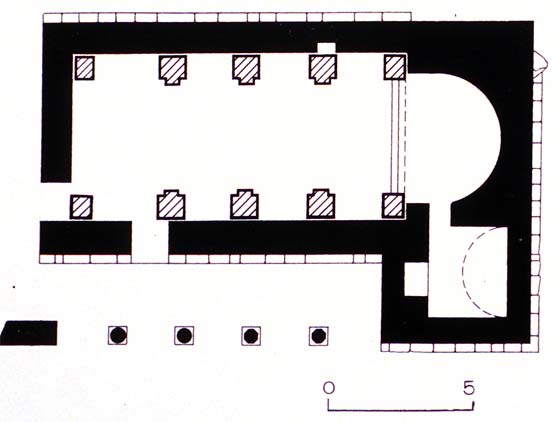
Tanahat-Floorplan -
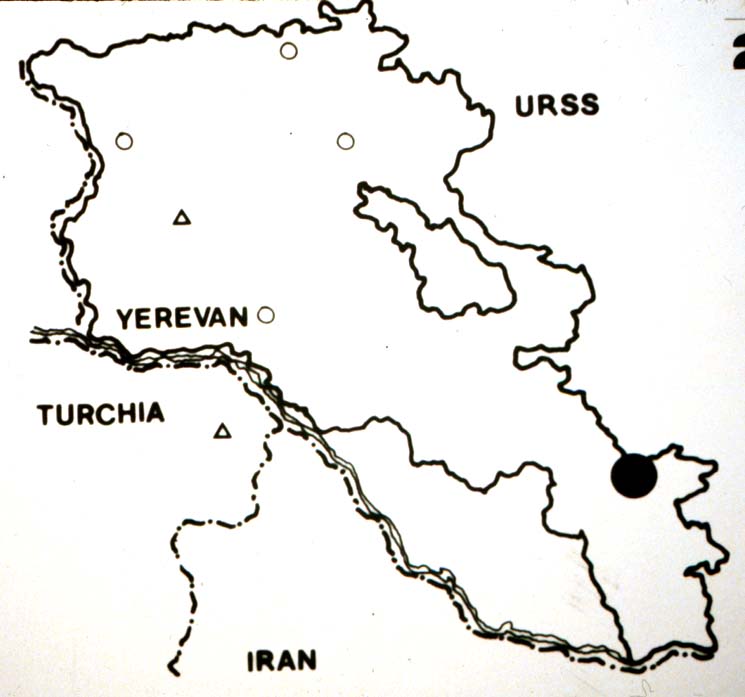
Tanahat-map -

Tanahat-exterior view -
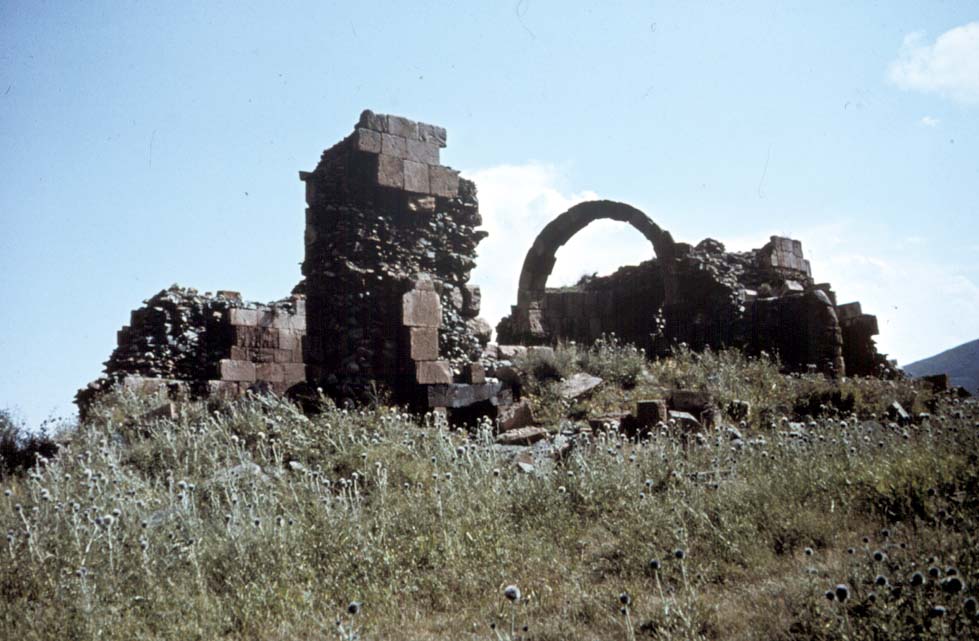
Tanahat-northwest view -
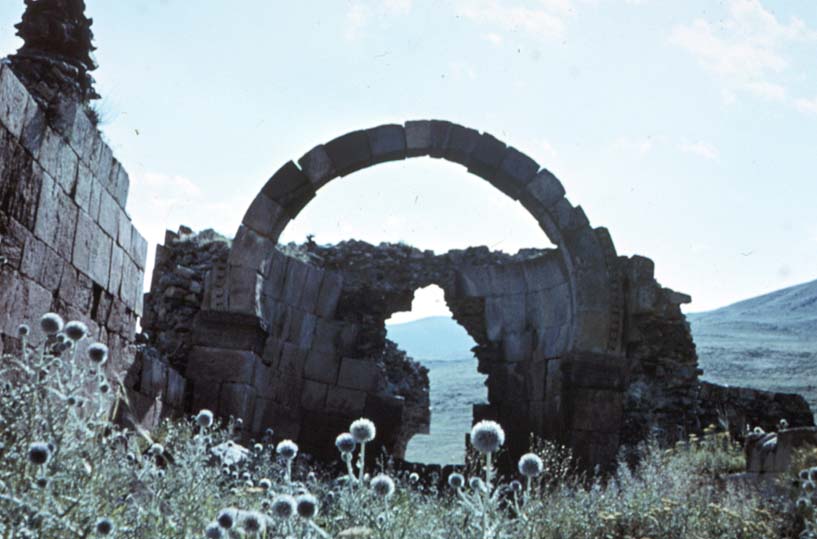
Tanahat-interior -
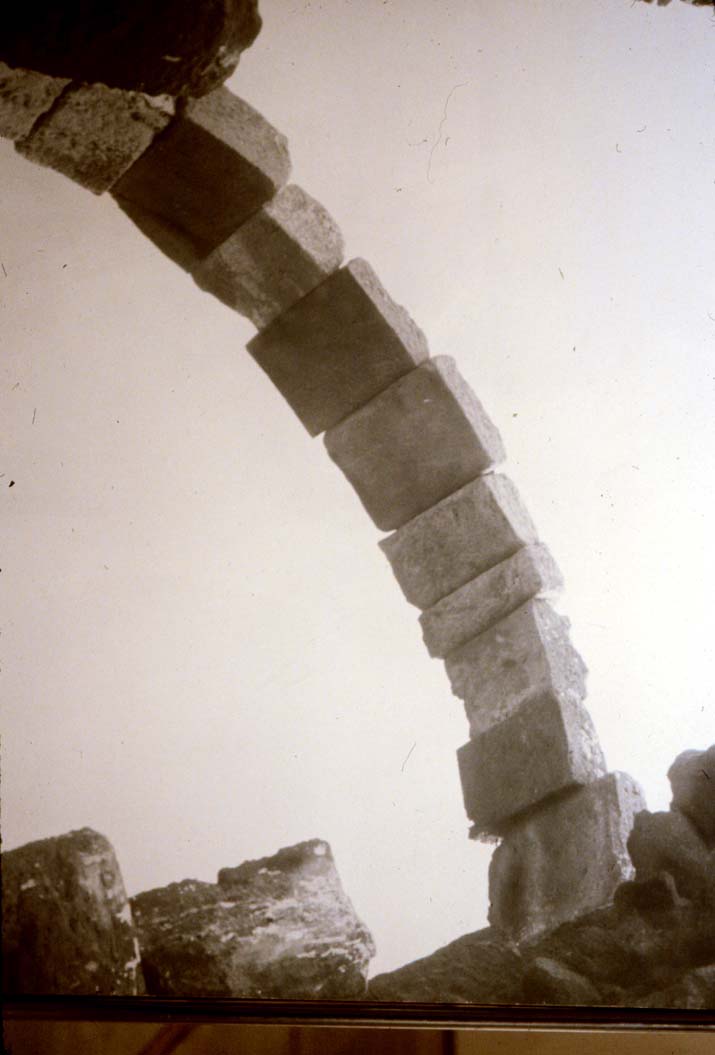
Tanahat apse